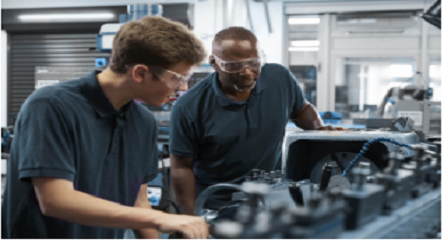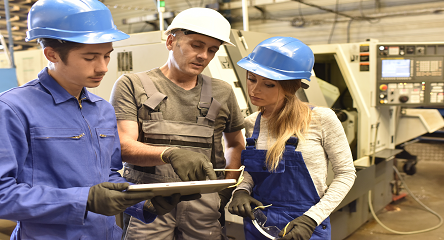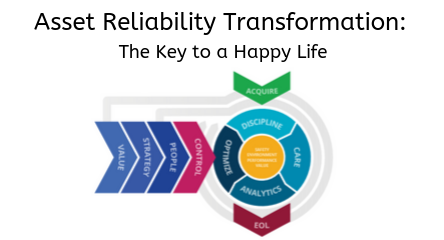Five Minute Facts
What is the Impact of Automation on Skilled Trades
In a few buildings in Manhattan I’ve boarded and have had elevator operators who ask for your floor and perform some manual operations. However, when you step into an average modern passenger elevator you push a button and off you go. In an effort to reduce waiting times and delays, there are systems where you declare your floor and are assigned an elevator. The automation is amazing and has displaced the elevator operator over the years, reduced maintenance and energy costs, and performs some level of self-diagnostics. At the same time, much of the underlying technology in electric motors and drives have not changed much, with some exceptions, and some of the high-tech controls are connected to 70+ year old DC motors. While the elevator operators of yesteryear are disappearing, the technicians and general elevator maintenance personnel have to perform at a much higher skill level while retaining legacy knowledge.
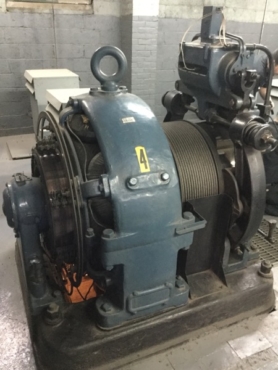
Automation, technology and IoT manufacturers will often represent that their technology will replace headcount or close the skills gap. Experience tells us that is not a true statement. What we have observed is the replacement of lower skilled workforce with the need for a higher skilled workforce that understands the system and the technology. This introduces a different problem that we brought up during the November 21, 2019, SMRP and National Skills Coalition Business Leaders United (BLU) on the Hill with Congressmen and Senators. The focus was that in the new world of trade schools we need more technical skills and critical thinking. Each of the field experienced attendees had stories concerning loss of time due to not being able to bypass or cause automation to operate differently in order to test or troubleshoot.
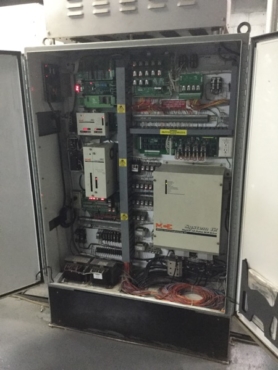
In a new pumping application with remote operation and a marketed AI (Augmented Intelligence) installed, coupled with a new technology VFD to a motor and pump, with automated valves and sensing systems, a high vibration occurred. In order to perform specific troubleshooting steps, the motor had to be uncoupled from the pump and operated which required determining which permissions had to be bypassed for operation. The system was newly installed, and the technicians had limited training on the logic and related programming with the manufacturer also having challenges providing support as the attempt was to operate the system other than they had designed. With a potential issue in the electric motor that had not been considered in the original programming and knowing an AI system will only perform as designed, it took a day and a half to trick the permissions so that the five-minute test could be performed. In effect, we had to hack the AI.
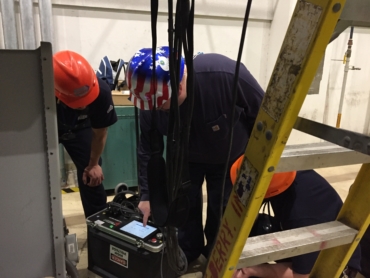
The term Artificial Intelligence is more of a marketing term to represent what is generally known as Augmented Intelligence by standards organizations such as the Institute of Electrical and Electronics Engineers, Inc. (IEEE). Both concepts involve the management of data and inputs in order to either simulate human decision-making or to handle significant amounts of data in order to convert data-driven decisions to physical results. These cyber-physical systems present a few new challenges in areas from cyber-security to skilled workforce and potential solutions around reliability and general maintenance.
The December 2016 Whitehouse report on ‘Artificial Intelligence, Automation, and the Economy,’ identified that a majority of the jobs that will be impacted will tend to be low-skilled and service jobs, requiring a shift to higher skilled workforce and related training programs. Data on this and other reports was primarily provided by academia and AI developers with the examples including fast food and low salary solutions. The impact is less on skilled workforce, such as industrial electricians, welders, plumbers, and other maintenance and reliability technicians and staff. However, some university and colleges are making claims that equipment will soon be self-healing using IoT and self-healing materials. The focus in these areas are on the national grid, commercial items and software, and limited work in the area of hard mechanical systems such as fans, pumps and motors.
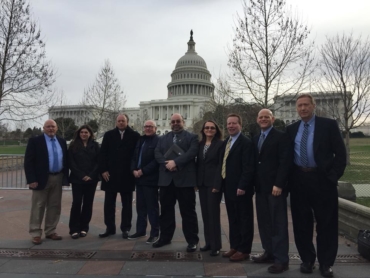
A modern workforce in the reliability and maintenance arena now requires combined basic mechanical understanding as well as an understanding of automation and cybersecurity. A closer relationship between IT and physical asset management is required as well as including IoT devices in the maintenance schedule. This is particularly true in larger industrial concerns but may not be as significant an issue in smaller organizations, in much the same way that small fast food companies have not automated their ordering and service. In fact, at this time, according to the US Bureau of Labor Statistics (BLS), maintenance workers, electricians, and related skilled trade jobs are on the rise, including that the BLS does not include replacement workers in these statistics.
BLS reported to the Committee on Appropriations of the House of Representatives and the Senate a report entitled ‘Measuring the Effects of New Technologies on the American Workforce,’ primarily because other reports concerning technology impacts on the workforce do not match data. “The Committee is concerned that there continues to be insufficient data on the impact technology is having on the American workforce. The Committee encourages BLS to develop a strategy to better understand how automation, digitization, and artificial intelligence are changing the employment landscape.” The study is presently underway based upon direct data versus the filtered data from academia and vendors who sell automation and AI technology.
In 2008, ‘Physical Asset Management for the Executive,’ by yours truly, reviewed the concepts of skilled trades shortages and technology fatigue. I had projected a slow-down of skilled trades requirements through 2014 due to economic issues, which, at the time of writing the book the economy was still booming, with a tipping point of retiring workers and replacement requirements, coupled with workforce increases in 2016. However, we noted that there would be a change in the workforce needs and that traditional low-skilled trades would begin to decline and the need for higher skills in all trades would increase as well as a new type of skilled worker, the portable specialist.
We also identified four key items that needed to be addressed:
– Students, parents and teachers should be recommending skilled trades careers as a choice to students;
– Government should require traditional and trade schools to generate curriculum to meet local business requirements in skills, experience and work ethic;
– Government should support industry and manufacturing in the cost of apprenticeships; and,
– Workers should strive to multi-skill and identify their training needs to become more employable.
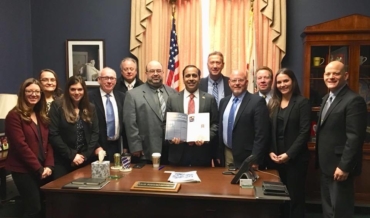
SMRP Government Relations was partially developed in order to address these needs, and others, that would affect industry. Since its launch in 2014, and our first Hill call in 2015, SMRP has been directly involved in implementing and supporting legislation to address each of the above key items in the area of skilled workforce. The question has come up during these visits whether or not AI and Machine Learning would fill the skill gap. The general answer was no, the implementation of AI and Machine Learning would not decrease the demand for skilled trades but would, instead, increase the need for an evolution of skilled trades to higher skills.
Overall, we should expect another evolution in the business of physical asset management where the skilled workforce will need to be more knowledgeable about technology than their predecessors. The work is just beginning with CTE (Continuing and Technical Education – Vocational Ed) programs starting up again in high schools, trade schools and college curriculum. The Perkins Reauthorization Act was passed in 2018 with a ten-year budget of $1.2 Trillion available to the states for CTE. Numerous other programs, including the JOBS Act, are being introduced in an effort to provide additional funding and support for skilled trades, CTE and STEM programs. The new skilled trades will need to know both traditional tools and skills as well as advanced technology and basic programming regardless of type of skill.
